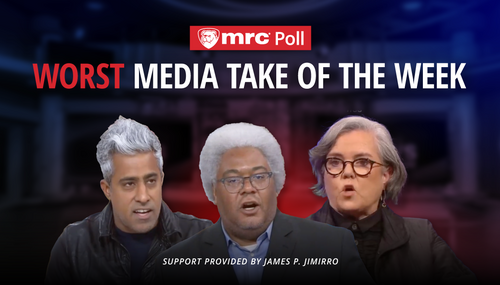Editor’s Note: This piece has been adapted from Riley’s latest book False Black Power? (Templeton Press, 2017).
Whether America is still racist probably depends on how the term “racism” is being defined in the discussion. Are we talking about official government policies? Are we discussing genetic determinism and innate inferiority? Are we referring more broadly to negative opinions about people from different racial or ethnic backgrounds? Or are we simply talking about people who disagree with us on matters involving race? For some, support for voter-identification laws or race-blind college admissions is enough to brand you a racist, even though polling has shown that black majorities support both positions.
In my experience as a journalist who writes about race-relations, discussions about race tend to become discussions about racial discrimination, which is presumed by many to be the main driver of racial inequity. I have no doubt that racism still exists in America—along with sexism, homophobia, xenophobia, anti-Semitism and other forms of hatred—and that it manifests itself in different forms and to different degrees. Nor do I have any expectation of living to see a day when such attitudes have been vanquished from the hearts and minds of my fellow Americans.
But the far more interesting question to me is not whether America is racist but whether the racism that remains, in whatever form, adequately explains racial inequality in the 21st century. We have racial gaps in income, employment, schooling, poverty and other areas. How much of it is due to discrimination and how much is due to other factors? This is not simply an academic question. The answers can impact where policy makers focus their time and resources, both of which are limited. For instance, the U.S. poverty rate in 2016 was 22% for blacks and 11% for whites, but it was only 7.5% for married blacks. In fact, for well over 20 years the poverty rate for married blacks has been in the single digits. Is black poverty today driven more by racism or by family formation?
Some are so eager to automatically attribute all racial disparities either to racial bias or the “legacy” of slavery and Jim Crow that they neglect or play down other plausible explanations. I think that’s a mistake. The progress of blacks after leaving slavery and prior to the civil rights legislation of the 1960s doesn’t receive a lot of attention, but it’s instructive when considering racism’s impact on racial inequality. Between 1950 and 1960 in New York City alone, the number of black accountants more than tripled, and the number of black engineers and black teachers and black social workers more than doubled. Even doctors and lawyers saw their ranks swell among blacks by more than 50%. Racial gaps were not just narrowing but narrowing in some cases quite rapidly.
Moreover, New York wasn’t the only place where black progress was evident. Between 1890 and 1940, black marriage rates in the U.S. where higher than white marriage rates. In the 1940s and ’50s, black labor participation rates surpassed those of whites; black incomes grew at a much faster rate than white incomes; and the black poverty rate fell by 40 percentage points. Between 1940 and 1970—which is prior to the era of affirmative action—the number of blacks in middle-class professions quadrupled.
After the Great Society government interventions of the 1960s, many of these trends would slow, stall or in some cases even reverse course. But is racism the main reason? If the “legacy” of enslavement and segregation is to blame for black outcomes today, what explains the tremendous progress made by blacks just a generation removed from slavery and living under Jim Crow?
Previous generations of blacks faced far more significant racial barriers yet managed to narrow racial gaps in everything from income to homeownership to education. Racism didn’t stop them.
Black youth today hear plenty about what they can’t accomplish due to racial prejudice and not enough about what blacks did in fact accomplish in an earlier era when brutal and sometimes lethal bigotry was commonplace. It’s easy to see how this victim narrative serves the interests of politicians and activists in search of votes and influence. It’s much harder to see how it helps the people they claim to represent.




